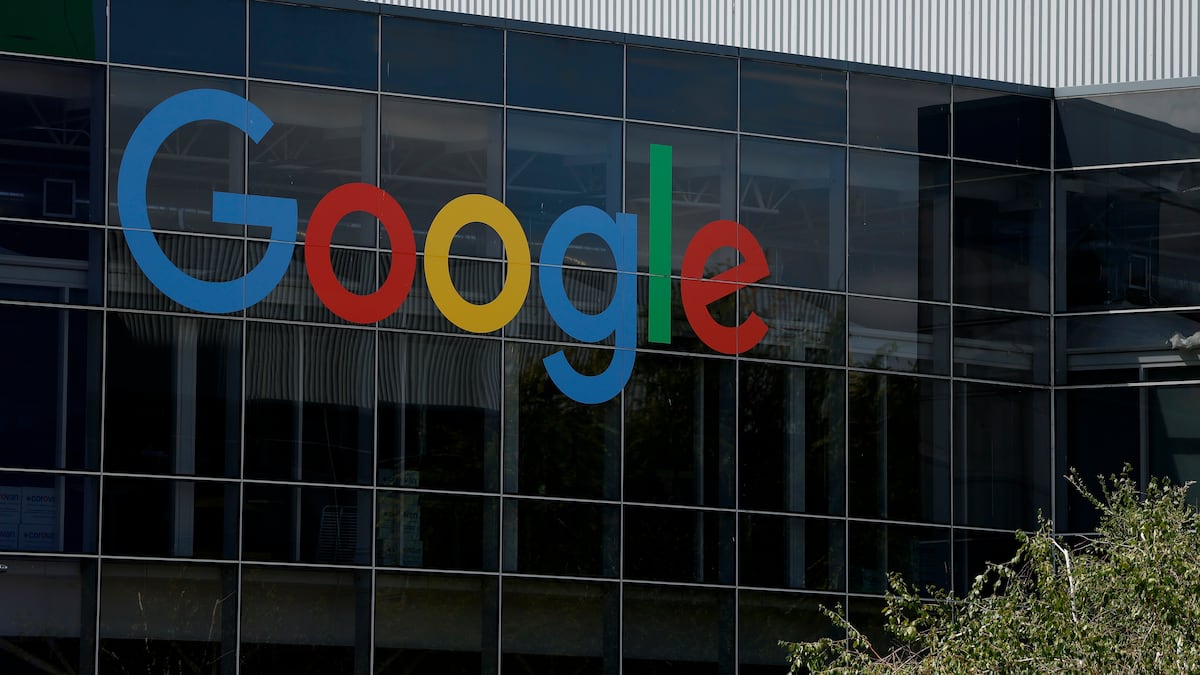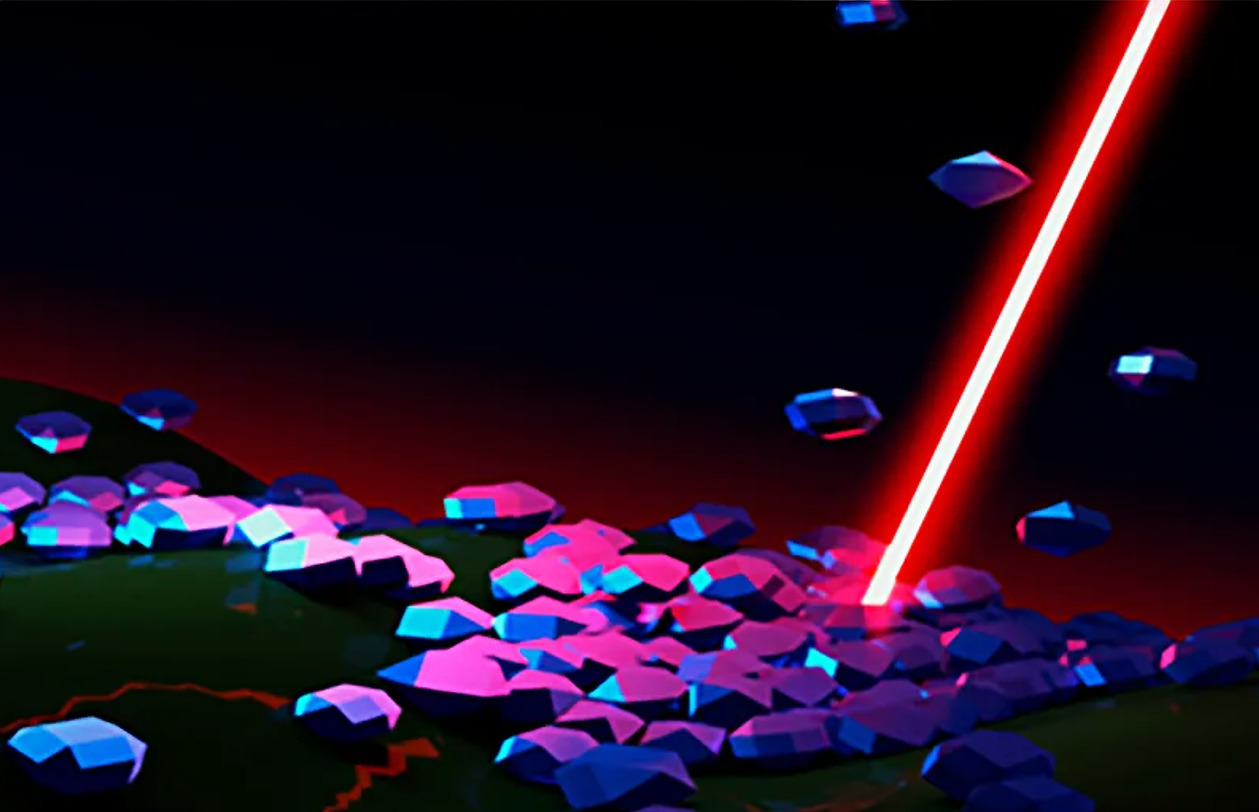By transforming solution-processed nanomaterials into lasing-ready emitters, this breakthrough paves the way for compact, tunable, and energy-efficient quantum-dot light sources that will power the next generation of on-chip photonic…
Blog
-

Kate Winslet says she coped with media intrusion through a good meal and a good poo
Winslet recalls how journalists tapped her phone, rifled through her rubbish and even shopkeepers about her purchases
Kate Winslet has spoken candidly…
Continue Reading
-

Oppo Reno15 Pro Mini Launch Timeline and Key Specs Surface in Fresh Leak
Oppo appears to be expanding its Reno15 lineup yet again, with a smaller flagship now entering the spotlight. Fresh reports suggest the company is preparing to launch the Reno15 Pro Mini, adding another option to the Reno15 family.
The Reno15…
Continue Reading
-

Apple, Google tell workers on visas to avoid leaving the U.S. amid Trump immigration crackdown
With reported months-long consulate and embassy delays, Google and Apple say employees on H-1B visas should stay put in the U.S. right now to avoid the risk of getting stranded abroad. The latter tech company’s headquarters campus is seen in…
Continue Reading
-

More than 1,000 people expected in hospital with peak projected for Christmas week – The Irish Times
Most people are expecting presents this week as the Christmas festivities kick off. For the health system, however, the arrival of the peak of flu is an unwanted gift.
According to the Health Service Executive (HSE), there are expected to be…
Continue Reading
-

Dhurandhar now among top 10 Indian films of all time, secures 10th spot after dethroning Ranbir Kapoor’s Animal
Aditya Dhar’s Dhurandhar has broken a major record this Sunday. On day 17 of its release, the film finally breached the list of top 10 Indian movies of all time (India Nett).
Ranveer Singh and Sara Arjun in a still from the Dhurandhar. …
Continue Reading
-

Flu cases likely to peak during Christmas week, says HSE
The Health Service Executive (HSE) has said that flu cases are likely to peak during Christmas week.
According to a statement from the HSE as of 16 December, there were 634 people in hospital with the flu, with modelling…
Continue Reading
-

Donate canned food for entry to Gabriel ‘Fluffy’ Iglesias’ Christmas comedy show at Tobin Center
FILE – Comedian/actor Gabriel Iglesias performs his stand-up comedy routine on the first of his three-night stop of the Don’t Worry Be Fluffy tour at The… Continue Reading
-

Redmi Note 15 in for review
Xiaomi’s Redmi Note 15 series is now out globally, and we’ve also got the entry-level model in the series in for review! Let’s unbox the Redmi Note 15 (the 4G only model).
It has the slowest charger in the lineup at 33W. The retail box…
Continue Reading
-

How fitness habits improve overall quality of life
The impact of fitness habits is not limited to physical fitness or appearance; they play a crucial role in improving overall quality of life.
Regular physical activity increases energy, promotes mental calm, and…
Continue Reading
